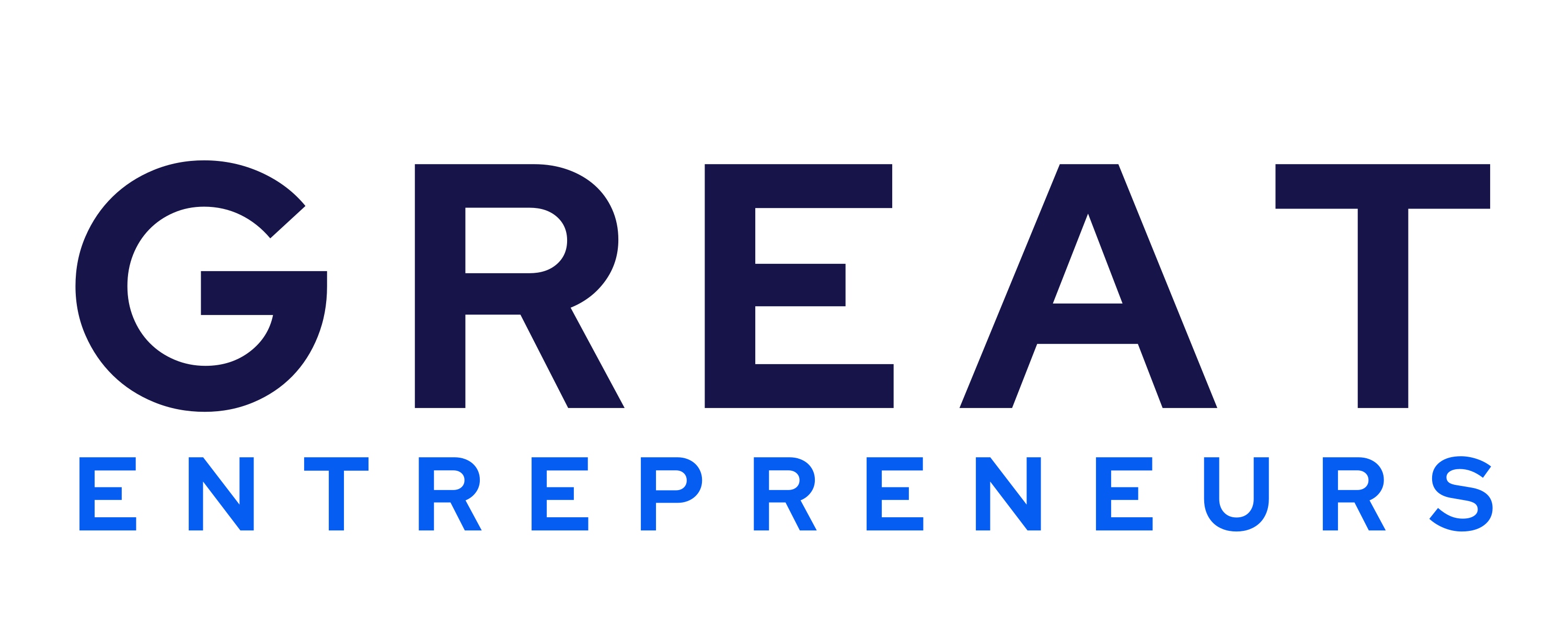As the pandemic swept across the nation in May 2020, remote work became the norm for over 60% of US working days. Office occupancy in major cities plummeted to a mere 20%, while public transit usage saw a staggering 75% decline. However, as restrictions eased, many employers began to call their workforce back to the office, albeit for a few days a week. This marked the beginning of the hybrid work system that has now taken center stage in the corporate world.
Stanford economist and remote work specialist Nick Bloom has been closely monitoring the evolution of this new work arrangement. Recent data on remote work, office occupancy, and public transit usage suggest that the return-to-office movement has hit a plateau.
Bloom's analysis indicates that the drop in work-from-home has ended and predicts that remote work will stabilize for a while before gradually rising again. This newfound stability is due to the emergence of the hybrid model, which has proven to be a "win-win" for both companies and employees.
One of the key advantages of adopting a hybrid work arrangement is its ability to tap into a broader talent pool. By offering flexibility, businesses can attract and retain top talent from across the country or even worldwide. This increased access to skilled professionals compensates for the potential trade-off in productivity that some studies have suggested exists among fully remote workers compared to their in-office counterparts.
Moreover, the cost-effectiveness of remote workers cannot be overlooked. As businesses embrace hybrid models, they can reduce office space requirements, resulting in substantial savings. Hybrid work also has the potential to boost productivity, as evidenced by studies showing that 75% of homeworkers were the most productive.
The role of technology cannot be underestimated in this transformation. Bloom estimates that 60% of Americans currently work in-person full-time, while 30% work remotely for one to four days a week. However, as remote work technology and models continue to develop, he predicts a substantial increase in hybrid work, reaching 50% of jobs, with 40% remaining in-person and the remaining 10% being entirely remote. This surge in remote work is expected to grow by 25% to 40% over the next two decades, highlighting the irreversible shift towards flexible work arrangements.
While some may argue that a slowing US economy could drive employees back to the office, experts disagree. Flexibility has become a crucial factor for attracting and retaining top talent, making it unlikely for businesses to abandon hybrid work even during challenging economic times. The best workers will always have other options, and failing to offer flexibility might lead to losing valuable employees to competitors.
Embracing this flexible work culture is not only prudent for businesses but is essential to securing the best talent and driving productivity in the evolving landscape of work.




















